
Iran to Open 32 New Plants to Boost Renewable Energy Output

Iran’s Ministry of Energy announced on Saturday that the country is currently generating around one percent of its electricity, some 760 megawatts a year, from renewable sources, including from wind, solar, small hydro, recycled heat and biomass.
The Ministry ’s added that a total of 115 renewable power plants were active across Iran as of July 2019, adding that construction was ongoing for another 32 plants to supply an extra 380 megawatts of renewables to the national power grid.
The report said more than 42,000 people were employed either in the renewable industry or in the supply chain, adding that the private sector had invested some 124 trillion rials (more than $1 billion) in the industry over the past years.
It said the bulk of electricity generation from renewables, around 85 percent, came from solar and wind plants, adding that biomass accounted for only once percent of the total output.
The report said Iran had generated nearly 3.5 billion megawatt hours (MWh) of renewable energy until the current summer, cutting back on some 368,000 tons of greenhouse gases.
It said increased power output from renewable sources had slashed around one billion cubic meters from the country’s fossil fuel consumption and saved more than 750 million liters of water.
Despite operating massive hydropower infrastructures, Iran has sought to expand the renewable industry to diversify its electricity generation methods.
Desert regions east of the country provide huge potentials for solar power while onshore wind farms have mushroomed in northern provinces along the Caspian Sea.
The use of small-scale photovoltaic power stations has also been on rise over the past years to feed power to remote villages across the country.
Back in early February, Iranian Energy Minister Reza Ardakanian said that the power generation of the country has increased by 11.4 times since the victory of the Islamic Revolution in 1979.
Ardakanian said that Iran has moved up 24 ranks in terms of generation of electricity in the past forty years.
According to statistics, Iran’s rank of power generation in the world promoted from 38 to 14 and presently, the Ministry of Energy is exchanging electricity with its neighbors.
He made the remarks on February 02 in a press briefing held at the venue of the Ministry of Energy where evaluated the performance of his ministry in the past forty years and added.
“With coordination made in this regard, a contract will be inked between Iran and Iraq for exporting electricity from the Islamic Republic of Iran to this neighboring country in a three-year plan,” added the Iranian official.
This level of cooperation will include the construction of a power plant, modernization of power plants and reduction of power grid losses in Iraq as well, he maintained.
He drew a comparison between performance of the Ministry of Energy before and after the Islamic Revolution and said, “The power capacity installed hit from 7,000 megawatts electricity in early years of the Islamic Revolution to 80,000 megawatts, showing a considerable 11.4 fold hike.
Currently, suitable power generation capacity has been paved for the private sector companies working in the field of power industry, he said and emphasized that the number of power generation companies in the country hit from 65 in early years of the Islamic Revolution to 875, showing a significant increase.
Ardakanian reiterated that giant steps have presently been taken in the sector of electricity generation in the country which is incomparable to the early years of the Islamic Revolution.
Iran is currently supplying Iraq, Afghanistan and Pakistan with electricity, CEO of Tavanir Company Mohammad Hassan Motavallizadeh said on January 04, adding that the country is poised to double the volume of its power export to neighboring countries.


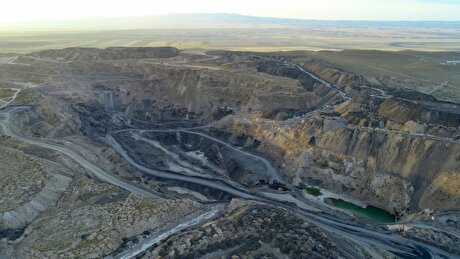
Uzbek gold miner said to eye $20 billion value in dual listing

Peabody–Anglo $3.8B coal deal on the brink after mine fire
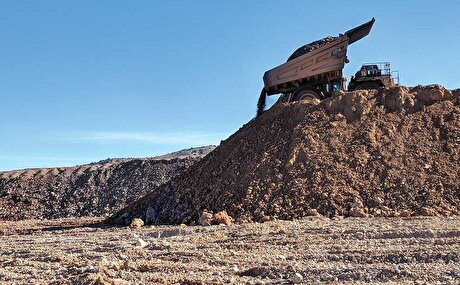
Minera Alamos buys Equinox’s Nevada assets for $115M
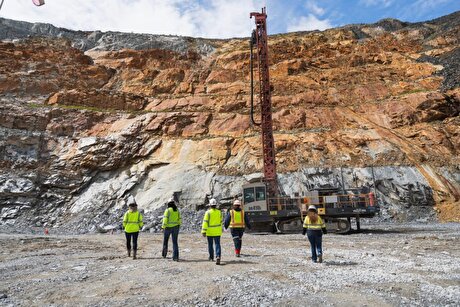
OceanaGold hits new high on strong Q2 results
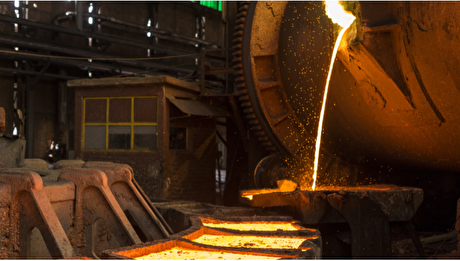
Adani’s new copper smelter in India applies to become LME-listed brand

Cochilco maintains copper price forecast for 2025 and 2026

Trump says gold imports won’t be tariffed in reprieve for market

Discovery Silver hits new high on first quarterly results as producer

De Beers strikes first kimberlite field in 30 years
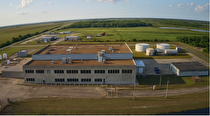
Flash Metals USA advances critical minerals recovery plant in Texas

Glencore trader who led ill-fated battery recycling push to exit
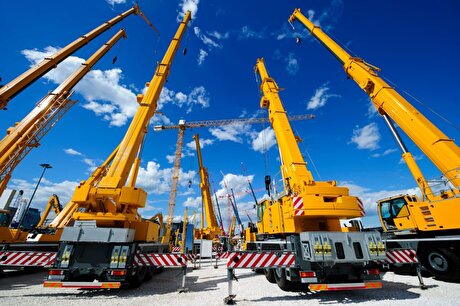
US hikes steel, aluminum tariffs on imported wind turbines, cranes, railcars

US appeals court temporarily blocks land transfer for Resolution Copper

Glencore seeks $13 billion in incentives for Argentina copper projects

Iron ore price falls with BHP results, soft China demand in focus

UBS lifts 2026 gold forecasts on US macro risks

BHP shares near priciest valuation since 2021 on shift to miners

African Rainbow boosts Surge Copper stake to 19.9%
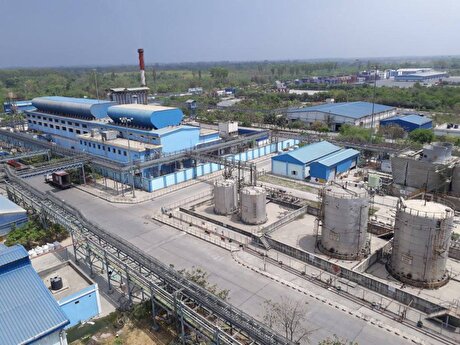
Hindustan Zinc to invest $438 million to build reprocessing plant

Flash Metals USA advances critical minerals recovery plant in Texas

Glencore trader who led ill-fated battery recycling push to exit

US hikes steel, aluminum tariffs on imported wind turbines, cranes, railcars

US appeals court temporarily blocks land transfer for Resolution Copper

Glencore seeks $13 billion in incentives for Argentina copper projects

Iron ore price falls with BHP results, soft China demand in focus

UBS lifts 2026 gold forecasts on US macro risks

BHP shares near priciest valuation since 2021 on shift to miners

African Rainbow boosts Surge Copper stake to 19.9%














